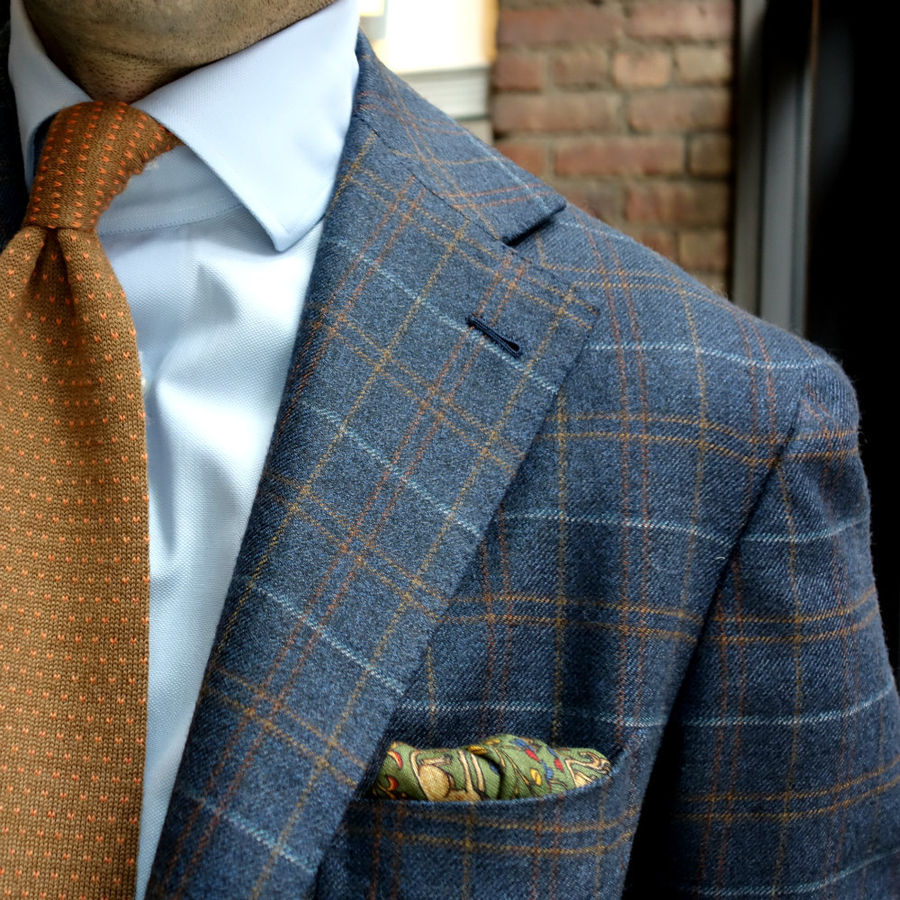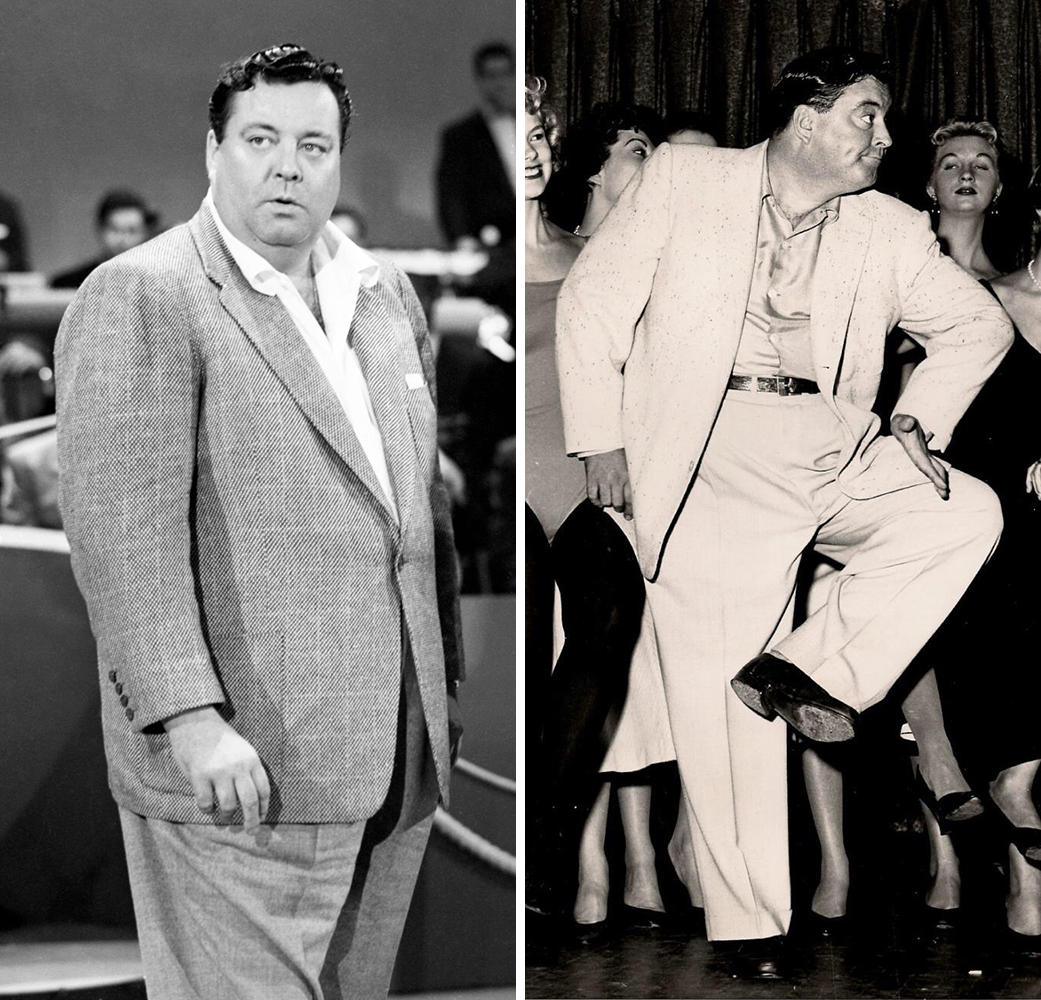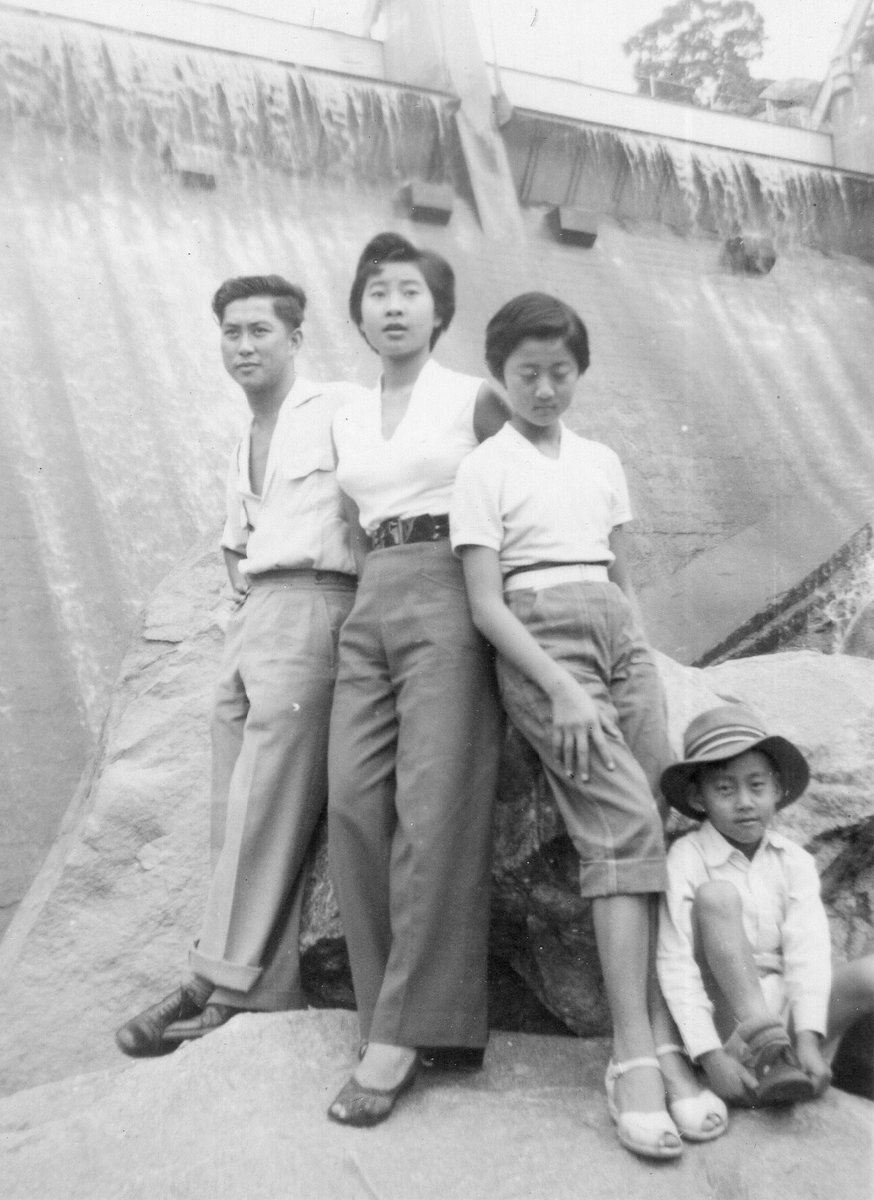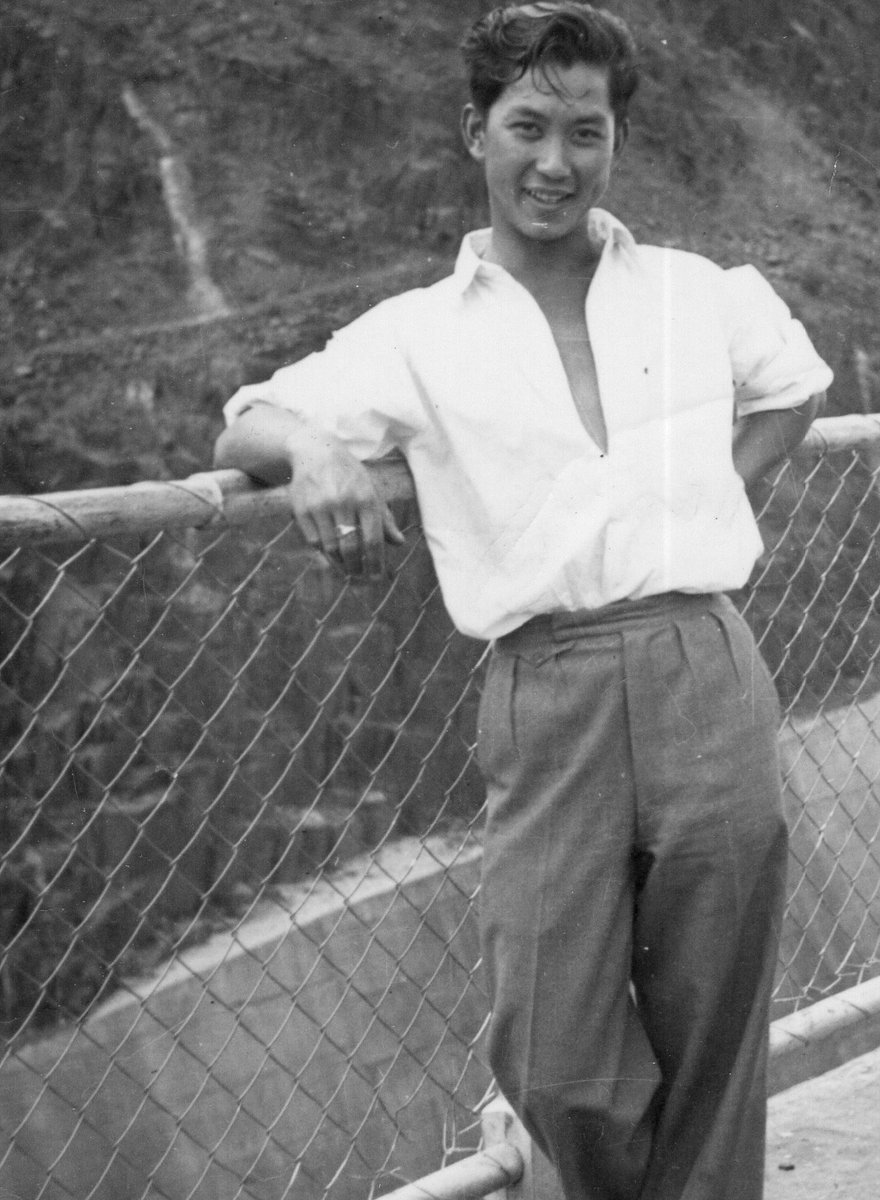This tie and pocket square combination is very bad. Let's talk about how to choose better ones. 🧵
https://twitter.com/TalkTV/status/1814189917435777222
Why is this bad? Two reasons:
— Tie and square should never look like they came in a matching set. This looks contrived.
— Except for white, solid silks are almost always bad. They make you look like a magician. Or in this case, like you've nicked a pair of women's underwear


— Tie and square should never look like they came in a matching set. This looks contrived.
— Except for white, solid silks are almost always bad. They make you look like a magician. Or in this case, like you've nicked a pair of women's underwear


Instead, it should look like you've plucked something from a dresser drawer and thrown it into your pocket (but not your wife's underwear drawer). It should look pleasing, but not overly coordinated. This gives the impression of effortlessness, even if you've put in effort.




How does one do this? There are a few ways.
The first is to choose a square with a background color that echos a secondary color in your tie. Here, the patterned burgundy square picks up the burgundy squares on the tie. Coordinates, but doesn't exactly match.
The first is to choose a square with a background color that echos a secondary color in your tie. Here, the patterned burgundy square picks up the burgundy squares on the tie. Coordinates, but doesn't exactly match.

Another way is to choose a square with a main color that complements your tie. Easy way to think of this is the color wheel—colors directly opposite or adjacent typically complement. Here's a brown tie with a green pocket square.




The point is to look put together, but not overly coordinated. This gives the impression of naturalness and effortlessness, even if you happened to have put a lot of thought into this.




When in doubt, you will never go wrong with a solid white linen pocket square. Get one with hand rolled edges so it doesn't look like you've stuffed napkin in your pocket.




Most people don't wear ties nowadays. If you don't, then the choice is even easier: choose a patterned square that simply looks good in your pocket.




Finally, always stuff your square into your pocket, don't do one of these origami folds like Pres. Johnson. The exception is white linen squares neatly folded into what's sometimes called a TV fold (you can look it up).
illustration by IG ryancecil


illustration by IG ryancecil


• • •
Missing some Tweet in this thread? You can try to
force a refresh






















